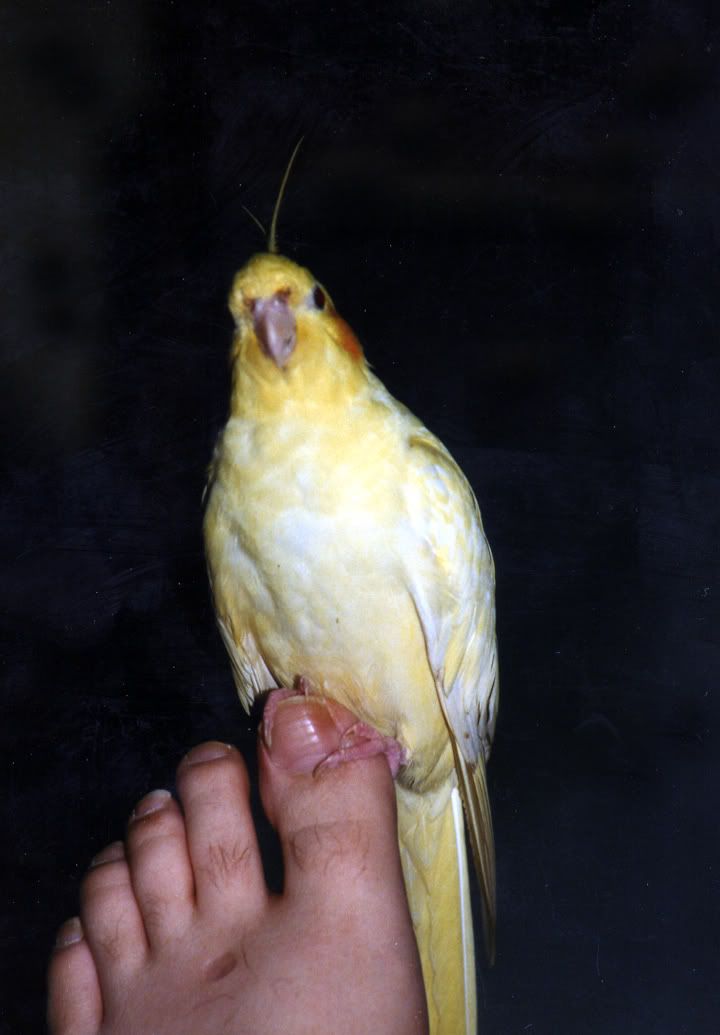As to what I would suggest, I would go Nikon all the way. Most pros and serious amateurs do also. I'll grant you there are other good choices out there but IMHO they all fall short somewhere.THIS is a great starter set. It's all manual, and that really is a good way to learn, but is under $220.00.
THIS is more or less the same thing except autofocus and all the features I mentioned earlier for under $240.00 and an AWESOME starter setup IMHO.
THIS is an ED glass, highest quality, zoom telephoto for under $280.00. They have a cheaper version with non ED glass but I think the ED glass is well worth the difference.
HERE is a very capable flash for under $130.00 if you want to upgrade from the built in flash (none of the built ins are very powerful).
HERE is a tripod with case that will handle more weight than you have and be very stable. They have a pan head version for a few bucks more if you want to dual use it with a camcorder. This one's under $100.00.
HERE is a pretty good monopod for under $58.00. These are as handy as all get out. You use the monopod for the front leg and you for the back two and voila'...very near the stability of a tripod but also very mobile and quick to be setup.
HERE is a good bag to carry it all in. $39.00 and you have room to grow. OR THIS if you want to wear the bag.
$850.00, add in $125.00 for a circular polarizing filter and a couple of haze filter and a few other creative filters and a really good camera strap LIKE THIS and you have a very very capable total system for under the $1,000.00 mark, and you can add on pieces here and there if you choose also.
It's your choice. Choose wisely. I hope I've helped.
LWW
THIS is more or less the same thing except autofocus and all the features I mentioned earlier for under $240.00 and an AWESOME starter setup IMHO.
THIS is an ED glass, highest quality, zoom telephoto for under $280.00. They have a cheaper version with non ED glass but I think the ED glass is well worth the difference.
HERE is a very capable flash for under $130.00 if you want to upgrade from the built in flash (none of the built ins are very powerful).
HERE is a tripod with case that will handle more weight than you have and be very stable. They have a pan head version for a few bucks more if you want to dual use it with a camcorder. This one's under $100.00.
HERE is a pretty good monopod for under $58.00. These are as handy as all get out. You use the monopod for the front leg and you for the back two and voila'...very near the stability of a tripod but also very mobile and quick to be setup.
HERE is a good bag to carry it all in. $39.00 and you have room to grow. OR THIS if you want to wear the bag.
$850.00, add in $125.00 for a circular polarizing filter and a couple of haze filter and a few other creative filters and a really good camera strap LIKE THIS and you have a very very capable total system for under the $1,000.00 mark, and you can add on pieces here and there if you choose also.
It's your choice. Choose wisely. I hope I've helped.
LWW









